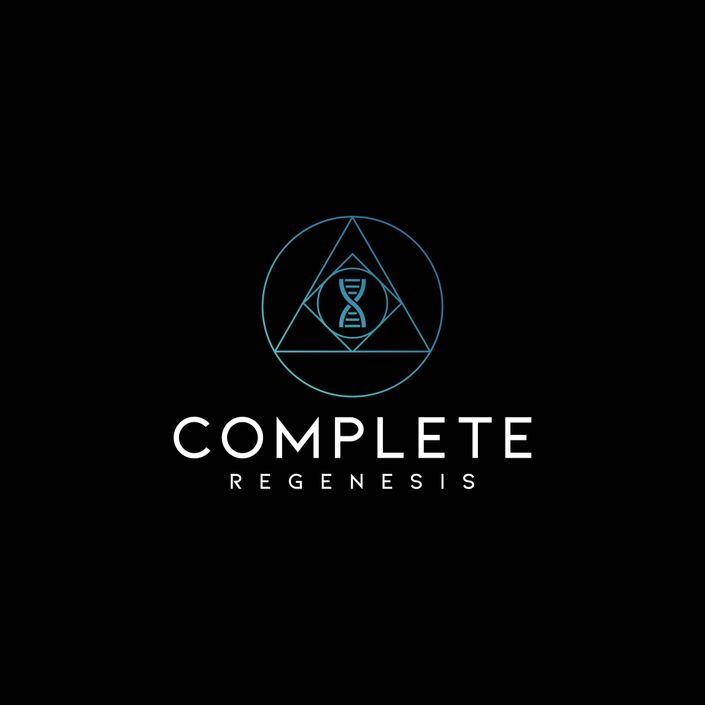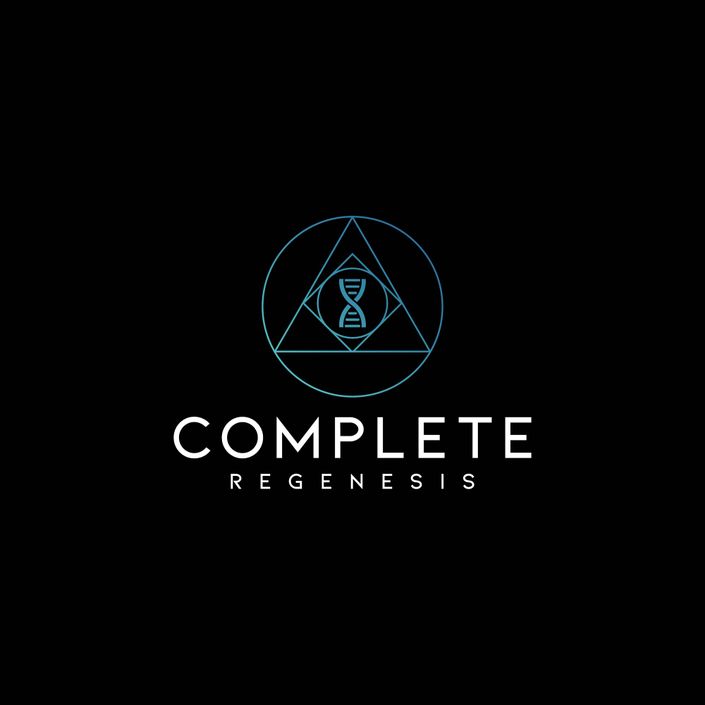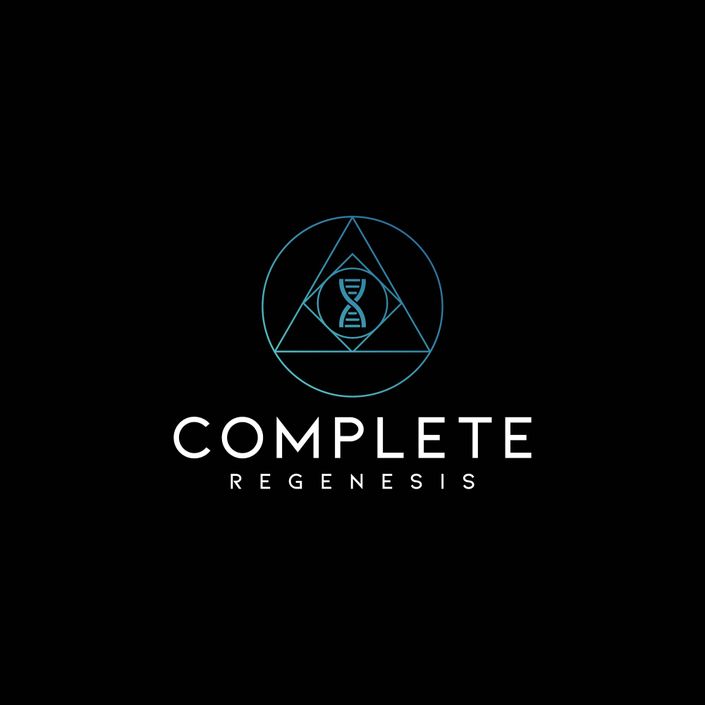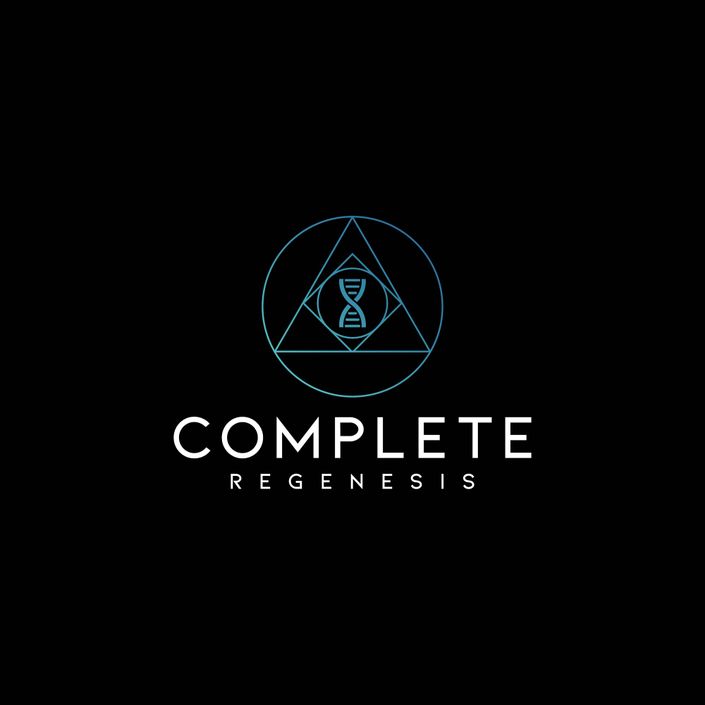
Certification Dates
email for details
- LV1 Certification Feb 11-12-13
- 2026
- ( Pampanga - Philippines)
- LV1 Certification July 4-5-6
- 2026
- ( Winnipeg - Canada )
- LV1 / LV2 Workshops Jan 2026
- ( Australia )
- TBA
- Live webinars coming soon
- TBA
Products
First Principles Program — (Two-Part Series)
A clear map for a 3D body: build structure first, express elastic power second.
⸻
Overview
The First Principles Program is the foundational curriculum of Complete Regenesis, developed by Mazmois Mukti to turn high-level mechanics into practical, testable habits. It’s delivered in two parts that work like a cast iron pan—seasoned, reliable, and a future answer sheet to recurring mechanical riddles.
- Part I — Orientation (The Halo Effect & Bone Placement): establishes structural literacy and deep pressure systems so the body can run on a true 3D map.
- Part II — Closing the Loops (Expression & Sequencing): builds on that “firmware” to broaden the movement map and convert structure into durable, elastic power.
⸻
Part I — Orientation: The Halo Effect & Bone Placement
Aim: build the internal “hardware” that lets every future skill make sense.
- Ribcage halo and rib–hip coupling for calm breath mechanics without bracing.
- Deep core as the primary postural mechanism so posture isn’t held by compensatory tension.
- Re-coding the glutes: relax them as a postural clamp; redeploy them for dynamic power and reactive stability.
- Commanding deep internal-rotation mechanisms to seat joints, steer load, and route pressure safely through motion.
- Bone placement as compass: learn to feel bones as the primary driver linking pressure to movement expression.
- Dynamic stitching of postures: positions carry through gait, reach, step, and turn (not just stillness).
- Joint “hardware” for command and stability: end-range control, capsular integrity, tendon awareness.
- Buoyancy awareness: lightness under load—structure floats even as force rises.
- Mapping bone structures for utility: where each segment sits, how it loads, and why placement matters.
- Built-in test–retest so progress is useful, repeatable, and yours.
⸻
Part II — Closing the Loops: Expression & Sequencing
Aim: turn structure into coherent, recyclable power across skills and sports.
Introduces five parts that broaden the movement map through structure:
- Effective hip control mechanics — organized IR/ER, pelvic steering, and clean load transfer without joint tax.
- Foot potential and shin-angle control — tripod awareness, foot deformation, and deliberate shin angles for braking, direction, and acceleration.
- Spine extension and timed scapular control — extension paired with precise scapular mechanics for stable, powerful shoulders in motion.
- Torque and winding of the arm lines — forearm/wrist winding, elbow organization, and smooth torque delivery into any implement.
- Diaphragm-led coiling for rib tension — diaphragmatic coiling that engages rib tension to lock the system and recycle force.
Outcome: the loops close, the return phase behaves like elastic memory, and performance and longevity become the same path.
⸻
Who It’s For
- Coaches, clinicians, and educators who want a clear mechanical framework.
- Athletes and everyday movers seeking pain-free power and reliable progress.
- Anyone ready to replace compensation and guesswork with a map they can test and reproduce.
⸻
Why It Works
- 3D map over 1D/2D workarounds: structure first, expression second.
- Bone-led navigation: bones drive pressure; pressure organizes movement.
- Praxeological design: useful first, testable always; you keep what proves itself.
- Cast-iron longevity: a seasoned base you continuously “re-season” as skills grow.
⸻
What You Leave With
- A practical way to organize your skeleton under load.
- Deep pressure systems that stabilize posture without unnecessary tension.
- Hip, foot, spine, scapular, and arm-line coordination that scales from rehab to performance.
- A bone-led compass and a repeatable test–retest habit for solving mechanical problems.
- A personal “answer sheet” you’ll revisit whenever mechanics get tricky.
⸻
Program Architecture
- Part I (Orientation): halo, bone placement, deep core posture, IR mechanisms, buoyancy, joint hardware, dynamic stitching, mapping, test–retest.
- Part II (Expression): hips, feet/shin angles, spine–scap timing, arm-line torque/winding, diaphragm-led rib coiling, elastic return.
⸻
FAQ
- Is this rehab or training? It’s a mechanical framework. It supports rehab and powers training because it restores the base both need.
- Do I need experience? No. Part I meets you where you are; Part II builds expression once the base is honest.
- How do I measure progress? With simple test–retest comparisons against movement baselines (range, balance, force direction).
- Will this change my sport technique? It clarifies the layer beneath technique. Most people move better with fewer cues once the base is organized.
⸻
The First Principles Program was created by Mazmois Mukti, founder of Complete Regenesis. A former bodyworker and long-time coach, he specializes in translating complex biomechanics into simple, repeatable practice. His writing and teaching emphasize clarity over hype—useful first, testable always.
⸻
Ready to build a cast-iron base? Start Part I to establish placement, pressure, and buoyancy—then close the loops in Part II to express elastic, durable power.
The founder
Mazmois Mukti brings a wealth of knowledge and experience to the "1st Principles Program," having spent years deeply engaged in the exploration and application of fundamental concepts across various disciplines. As an educator with a keen eye for the foundational elements that drive understanding and innovation, Mazmois has dedicated himself to uncovering the core principles that enable students to think critically and creatively. Thrive on intellectual curiosity and hands-on learning.
Mazmois' teaching philosophy is rooted in the belief that grasping the underlying mechanics of subject matter is the key to mastery and real-world success. This connection to the "1st Principles Program" is more than instructional; it is a reflection of his personal commitment to empowering students by building a strong foundation that they can build upon, regardless of their future endeavors.




